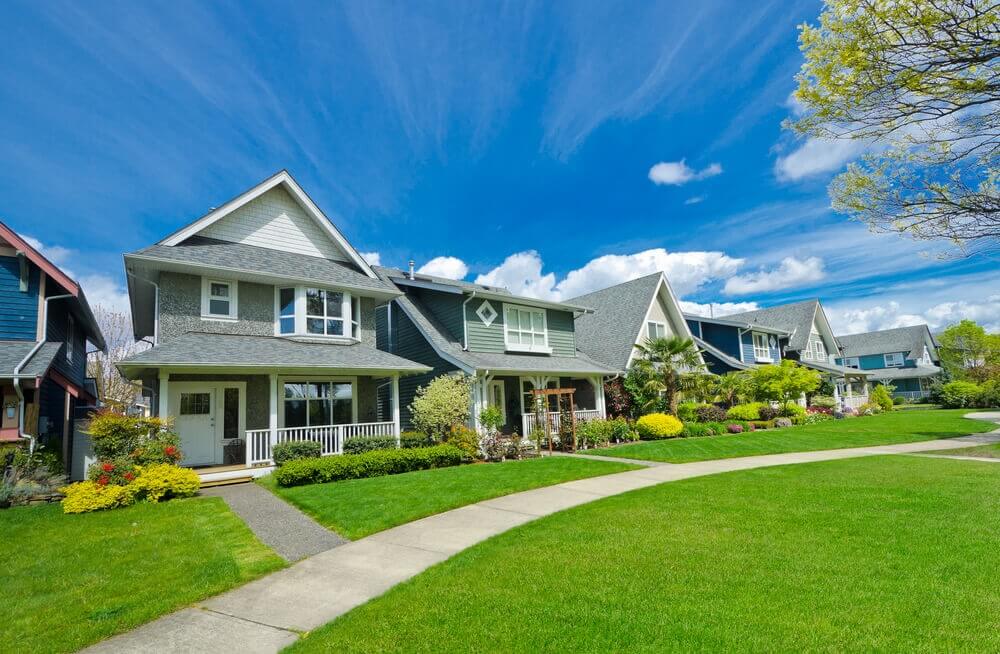Single Family Home Rentals: What Does the Future Look Like?

In June, the NRHC and Green Street Advisors’ Advisory and Consulting Group together published an in-depth research paper packed with stats that illuminate the current market for home rentals and projections for the coming years. Their findings should be of interest (and quite encouraging) to people in the business of renting single-family properties.
In short, a number of factors point to a bullish market for single family home rentals over the next five years, including the modest growth in supply of homes; strong demand due to demographics and the growing attractiveness of homes relative to apartments; and a greatly tightened lending environment that has made buying homes (vs. renting) more difficult for many.
Today, according to the report, around 13% of all occupied single-family homes are rentals, constituting about 37% of the total residential rental market. That’s more than most people would guess, and a testament to the strong role single-family homes now play in housing renters. In fact, the ownership of rental homes could even become an asset class for institutional investors betting on large portfolios of homes – though today their portfolios still represent only around 1% of the total single-family rental market, with the other 99% being owned by “Moms and Pops.”
Single-family homes are still 11% below their peak values in 2006, while apartments are now priced 38% above the peak they reached in 2007. The report suggests that this leaves lots of room for a rise in home values vs. apartments, so the good news isn’t only about the strength of the rental market – it’s also about the potential value of the underlying assets, the homes themselves.
Growing demand
The report posits household formation as the chief driver of housing demand and goes on to estimate that 6.6 million households will be created over the next five years. Over half these households will rent, a percentage exceeding the historical norm; of these, around 1.5 million will choose single-family homes – an increase of around 9% over the next five years.
Job creation is another demand driver for rental housing, and a post-recessionary job market that continues to improve should add around 156,000 jobs per year over the next five years if the report’s projections are correct.
Demographics figure into demand as well. People under 35 represent the most important renter base, and this base is expected to grow faster than the population as a whole over the next five years. These days, carrying lots of debt and finding it hard to come up with down payments, they’re likely to delay buying homes until later in life than ever. Until that time, they’ll remain in the renter pool.
Then too, there’s the fact that every demographic group has seen an increase in desire for homes over apartments, particularly those needing three or more rooms – a feature that homes are much more likely to provide than apartments or townhomes. The large millennial generation will soon be creating families that need more room than many apartments can offer them.
Limited supply
The economy has for over seven years now been absorbing the many foreclosed houses that came on the market as a result of the Great Recession. Where once they might have been rented at bargain prices, many have now been purchased out of the rental market, and the others are more highly valued than they were when empty houses were abundant.
At the same time, the building of single-family homes has lagged far behind the development of new apartments, and virtually nobody today builds homes from scratch specifically as rentals.
The changing ratio of supply and demand has led to a favorable situation for owners of rental homes, leaving plenty of room for rent growth. The occupancy rate has been climbing since 2009 and is expected to rise even more quickly over the next five years, while apartment occupancy is already at historic highs and doesn’t leave as much room for growth.
The upshot of this eye-opening report is that it’s a good time to own single family rental properties, and it’s likely to get better – perhaps a lot better. Keep an eye on our blog to pick up tips on how to squeeze the most from your investments!
Source: “Single-Family Rental Primer,” June 6, 2016, Green Street Advisors in partnership with National Rental Home Council.
Striving to stay ahead in a dynamic industry? Take a free tour today and learn how Propertyware can help your business.







